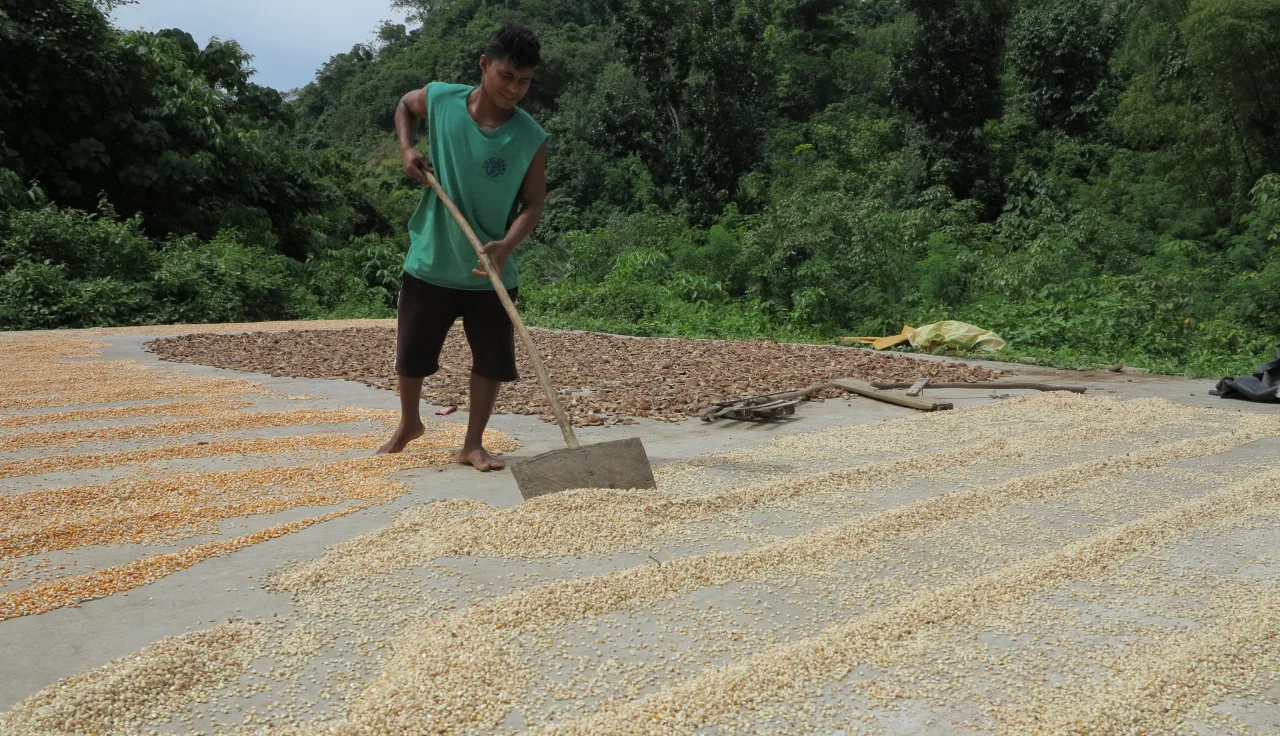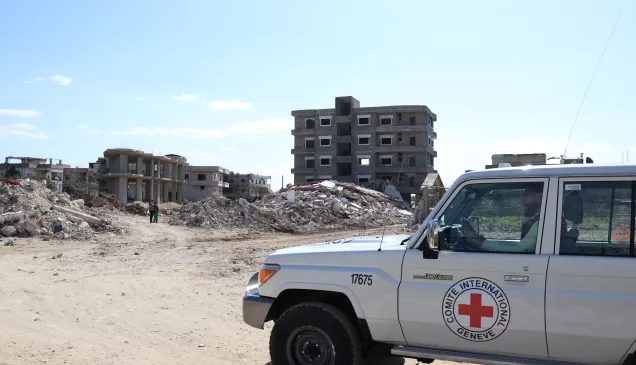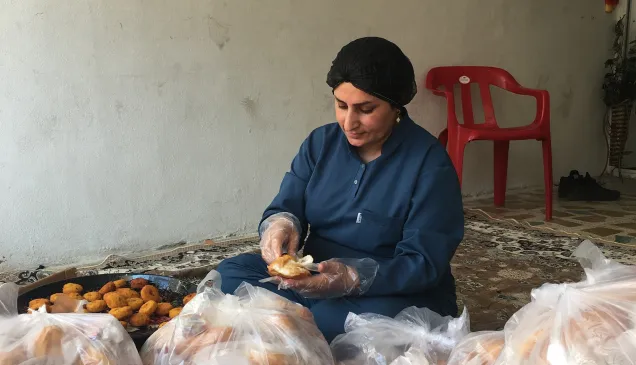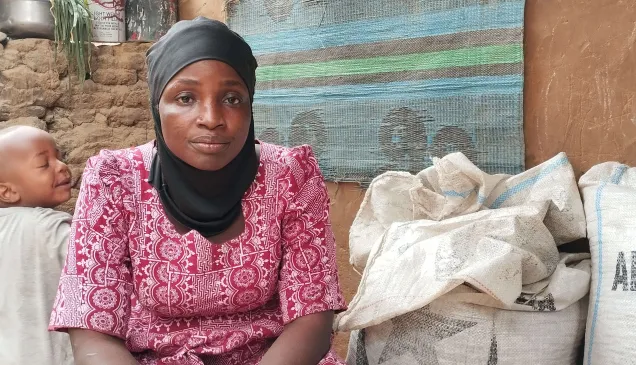Philippines: Helping farmers in North Cotabato

Getting to Renibon in the municipality of Pigkawayan in North Cotabato entails at least an hour of driving through unpaved roads, and navigating streams and rivers.
Largely populated by the Aromanen Manobo ethnic group that relies on upland farming, the village is not only remote – requiring tremendous efforts and resources for the villagers to access the town proper and sell their crops – but it is also adjacent to areas affected by armed violence.
Adding to underlying poverty, farmers struggle to put enough food on the table, especially during the dry season.
From farm animals to solar dryers
The ICRC started supporting this vulnerable community in 2011, with 115 families each receiving a carabao (water buffalo) and farming tools to help them plough the fields, thus increasing the cultivated land area in the village.
"Before we received the carabao, our crops were only limited to corn and cassava. Now we can plough a larger area and plant more, including coconut, rubber and banana," explained Mercy Diansay, a farmer from Buluan district, in the village of Renibon.
With the cultivated land area doubling from half to one hectare, her family was not only able to diversify the crops but also increase their yield. After a year, Mercy will be able to give the carabao's offspring to her nephew. "He is also part of the list of beneficiaries so when our pregnant carabao gives birth, the young will be handed over to his family. When it matures, it will also be a big help for him on the farm."
Aside from developing idle land, having a carabao saves farmers from physically transporting produce down the hills to the village. Moreover, the money that they used to spend on additional labour to plough the fields can now be spent on covering their basic needs.
To further increase productivity and help reduce the cost of transporting corn for milling downtown, corn mills and solar dryers were built and completed in 2014 by the ICRC in the districts of Dacupila, Proper and Payong-Payong, in the village of Renibon.
Corn farmer Genny Manggamanan used to grind corn manually using a stone grinder, a process that takes long hours with very little output. "It's time-consuming but the alternative of having to have it milled was costly," explained Genny. "With a new mill nearby, it's faster and the time I used to spend on grinding corn is now spent on doing other tasks around the farm."
Drying crops is another important element for farming communities. Families used to lay out tarpaulins in front of their house to have a flat surface for sun drying their harvest, but the space is usually limited.
This changed with the construction of concrete solar dryers.
Among seven siblings, 20-year-old Eric Manalo's role is to dry the harvested produce. He explained that the use of the solar dryer is free and would only need to be scheduled ahead of time. "I camp out here until the crops are dried. Having this dryer has reduced the drying period from five to two days because of the huge space. After this, we can sell the copra and dried corn downtown," said Eric.
Empowering farmers
Aside from the tools and equipment given, members of the three farming associations, formed to facilitate the operation of the corn mills, were trained by the ICRC in financial management to properly keep track of the income generated as well as the expenses incurred.
Selected farmers were also trained as barangay animal health workers to monitor the condition of the carabaos. The volunteer health workers learned how to administer dewormers, vitamins and other veterinary drugs, and serve as extension workers of the provincial veterinarian in their respective communities.
During a community meeting, villagers expressed their gratitude for the assistance given to Renibon. It was a common observation that their yield significantly increased, costs were reduced and the overall quality of life in their remote farming community had indeed improved. As one officer pointed out, "You can tell by looking at the solar dryers – it's always filled with crops."



